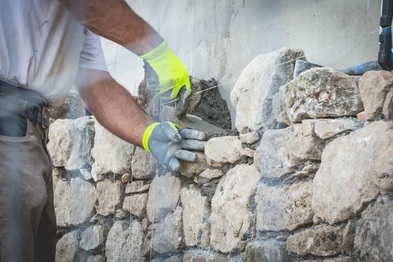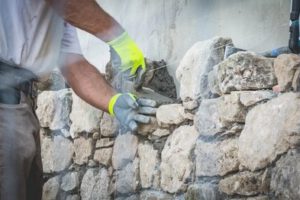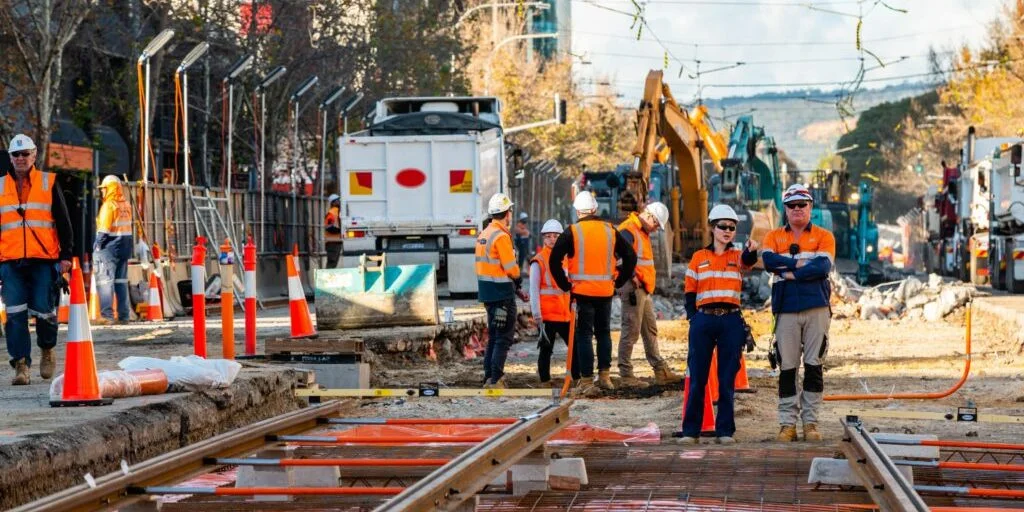If you’re on the go, a portable miter saw is a must-have accessory. While it isn’t necessary to carry the miter saw itself, you might want to invest in a stand for it. A miter saw stand is made up of several movable parts linked together by screws, and it should be sturdy enough to remain in place while you’re working. If the stand is unstable, it may disrupt your work and you don’t want to have that happen.

The base of a portable miter saw is angled so that the operator can reverse the angle of the workpiece and still get access to it. The portable miter saw has controls on both sides of the blade, giving the operator a symmetrical working surface. Its cradle helps stabilize the saw, and it may also feature a rotatable brace for additional stability. This makes it ideal for use in tight spaces or cramped workspaces.
In addition to its sturdy stand, a portable miter saw also has a built-in stop block to secure multiple pieces of the same length. The blade of the saw can’t reach the wood if it’s flat, so it’s important to use a stop block to keep it from moving during the cut. Another useful accessory is the miter gauge handle, located at the front of the saw. A miter saw stand is an additional expense, but it will improve your safety, speed, and reliability.
A compact miter saw has a few benefits over a full-sized model. Compared to the full-sized model, a portable model is lightweight and portable and can be carried in a work truck or trailer. Although it’s lighter and smaller, it still provides the same miter and bevel capacity as a full-sized saw. Many portable miter saws are equipped with laser guides that make the cutting process even easier.
A laser guide is a helpful feature for miter saws, but it’s important to consider how it’ll affect your accuracy. While some manufacturers advertise a laser in the blade, it’s not recommended for beginners. In addition to the laser’s accuracy, it’s also useful for cutting on the right side of the blade. If you’re a professional or a homeowner, a laser guide is a valuable tool for your project.
Safety and stability are essential when using power tools. You’ll want a stand that supports your weight, and you’ll probably need a stand that allows you to adjust the material support regularly. Typically, these stands feature high weight limits, but you might be able to get away with a lighter one with a moderate weight limit. Lastly, consider how convenient the outfeed support is. A good stand always has some outfeed support. It will be easier for you to work with larger pieces of material if it’s supported with rollers.
For those who need the ability to adjust the bevel with ease, a portable miter saw may be the perfect tool for your needs. It can have a lock lever located in the front of the saw. It is also equipped with dual ON/OFF rocker switches to control the laser cut guide and LED work light. A locking bed extension with flip-up workpiece stops is also a useful feature. The miter saw also has an integrated hold-down clamp and a large 1-1/2″ dust port with a collection bag.
You can find portable miter saw plans online. These plans can be customized to fit your miter saw. The plans are meant for a specific miter saw model, but you can also adapt them to fit any other brand. If you’re working with a smaller model, consider a portable miter saw for more efficient cutting. This handy tool is perfect for trimming and cutting long 2x4s without the need for support for the offcuts.
When shopping for a portable miter saw, look for one with a large table. You can adjust the length and width of the table according to your needs. Ideally, it should be at least 10 inches long for light and heavy miter saw cutting projects. The longer, wider, and more spacious the table, the more stable your work area will be. A portable miter saw can also be carried from room to room. A table with a long, wide, and spacious table will make the work more efficient.
The blade of a portable miter saw may be protected from the operator by a blade guard 157. Some models feature a retractable blade guard that extends when the cutting head 180 is advanced. A blade guard also provides safety for the operator. Most miter saws feature self-retracting blade guards, but if the blade guard is missing or broken, it can be dangerous. Finally, a dust bag catches sawdust and keeps it out of the working area.







